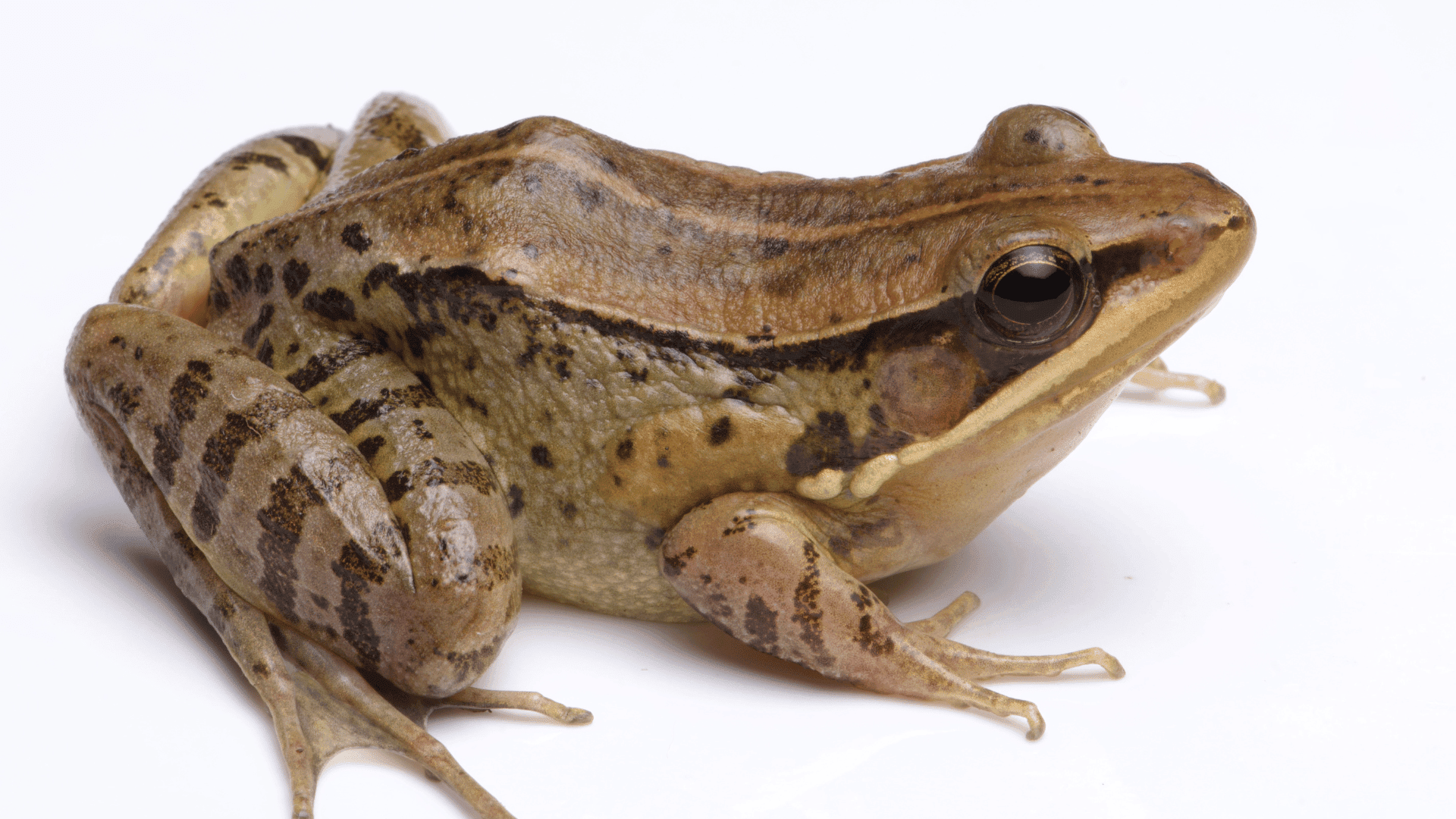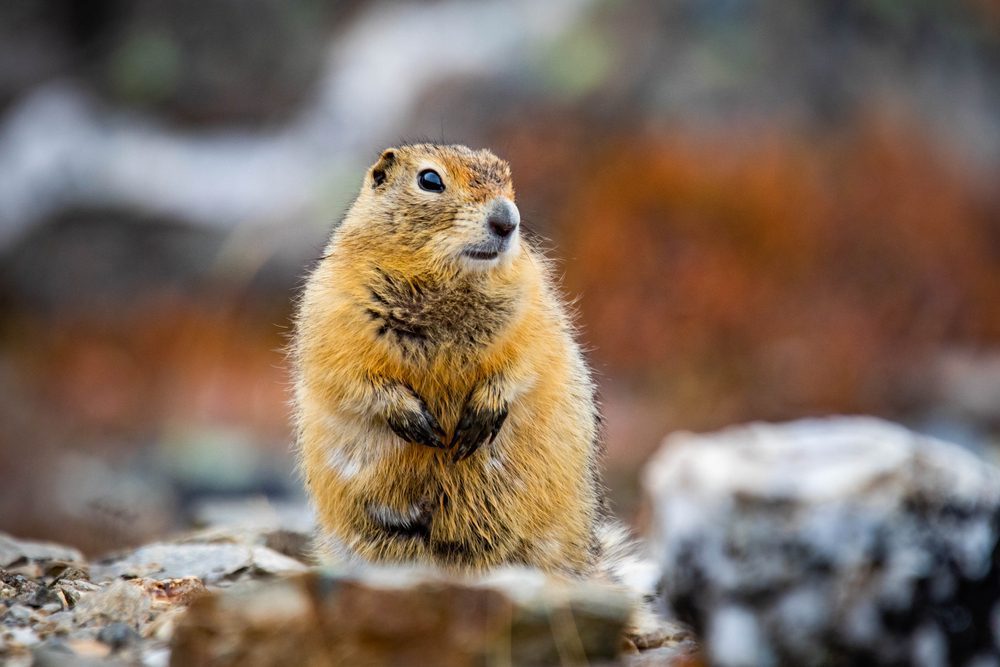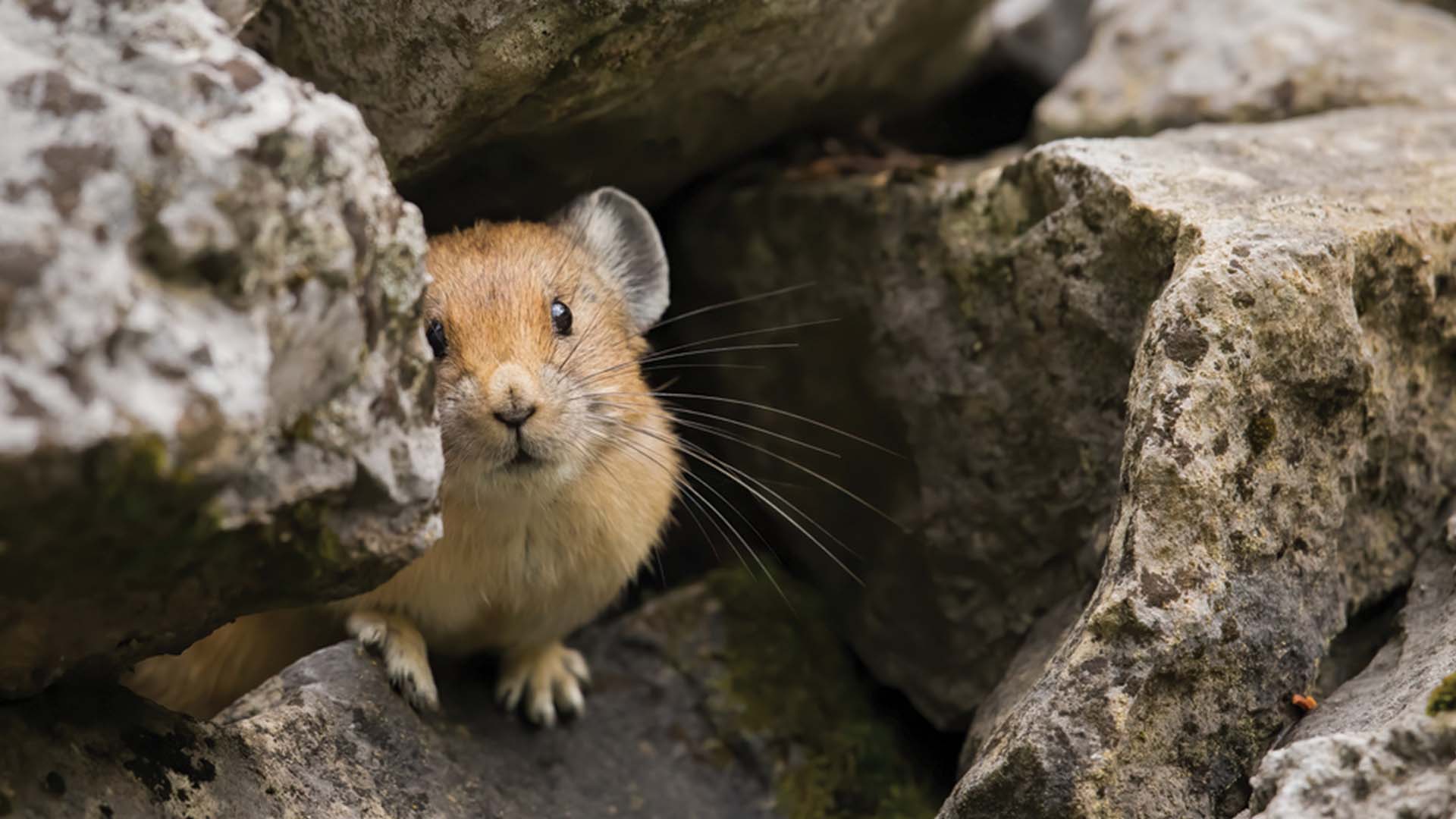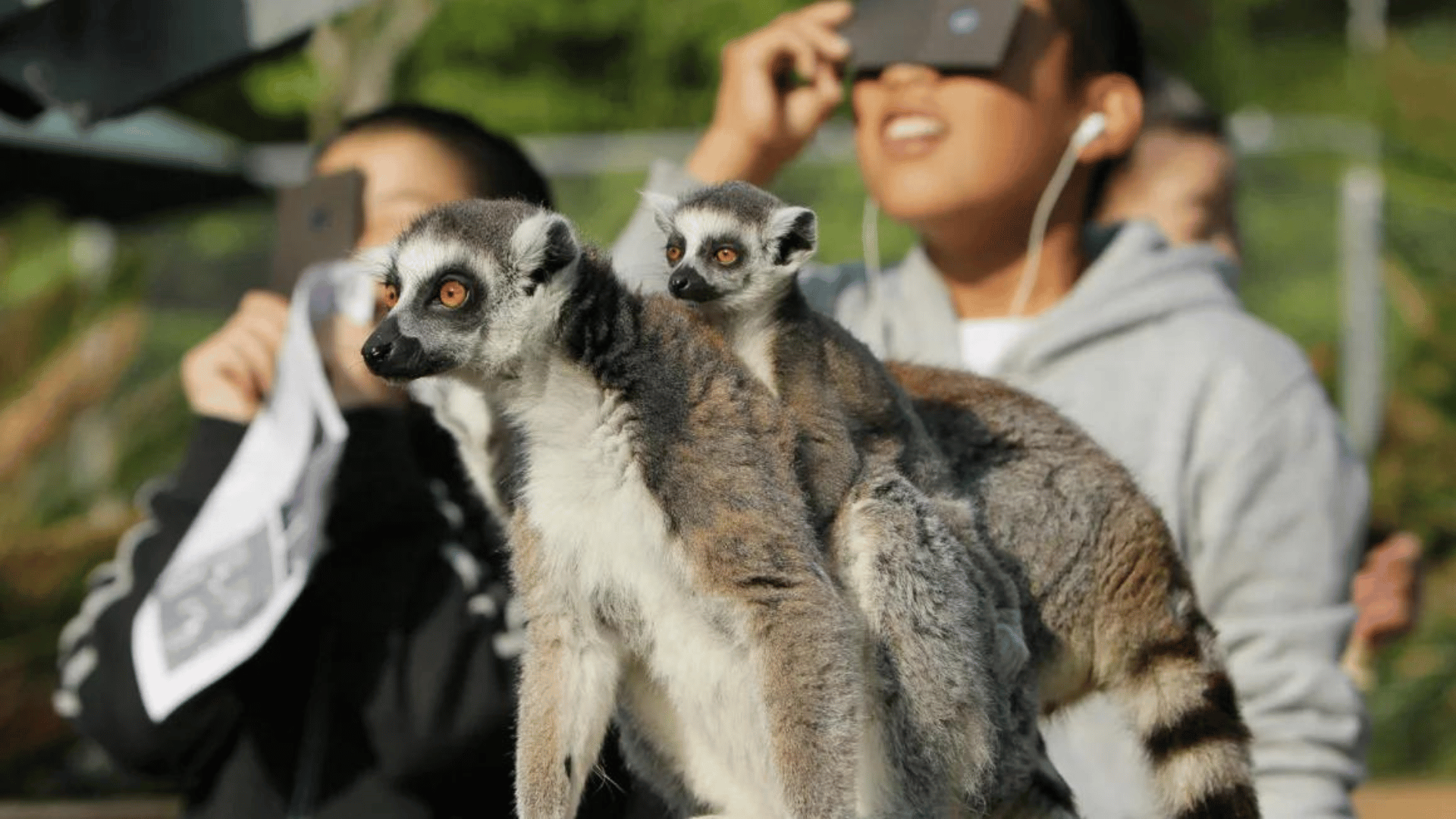An anomaly that exists in the animal kingdom is that the maximum speed attainable while running seems to peak with creatures of moderate stature, such as the cheetah. To explore why, a team of international researchers developed a physical model of how muscles set limits on land animals’ top running speeds.
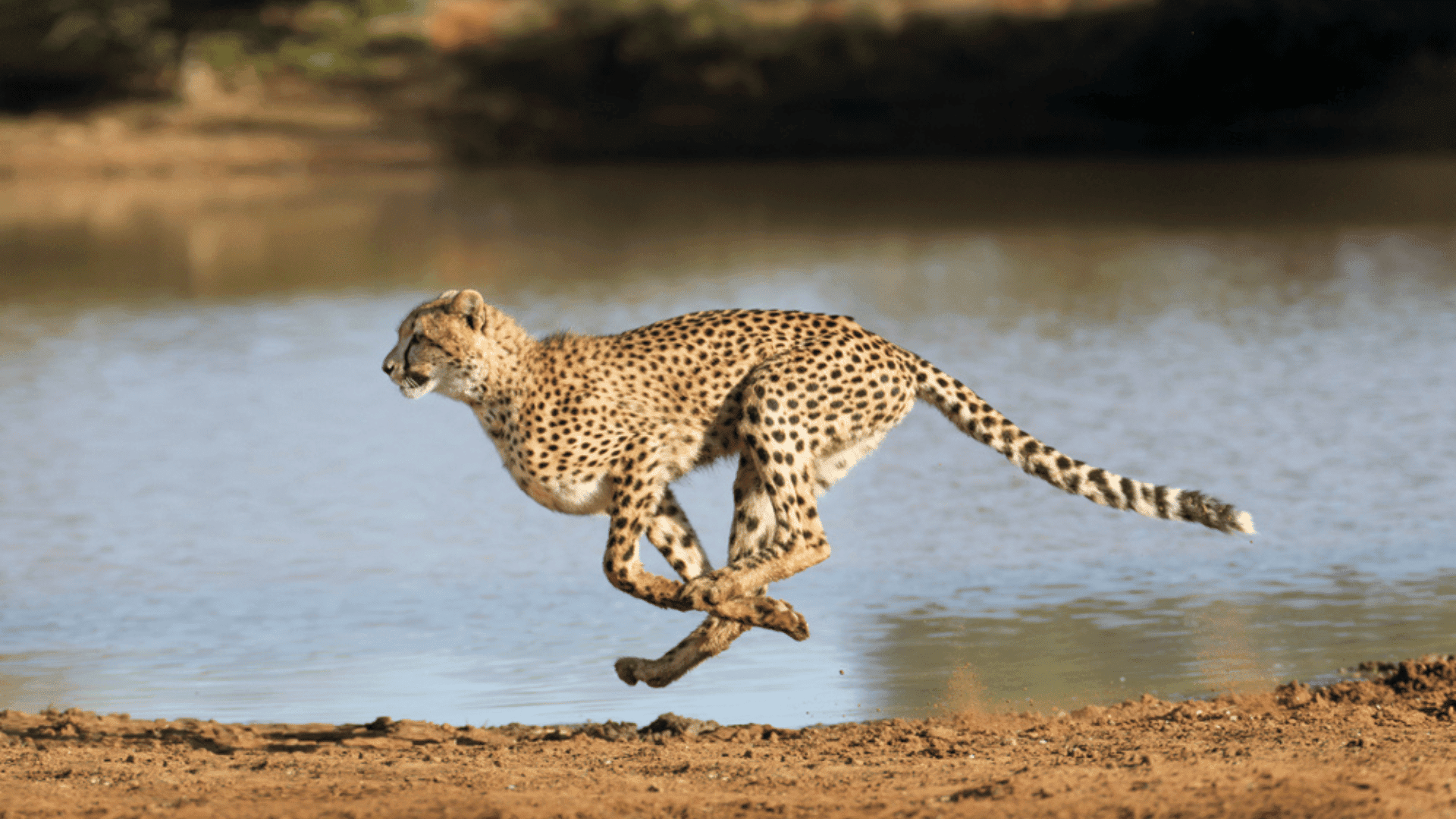
The team of researchers includes Imperial, Harvard University, The University of Queensland, and The University of the Sunshine Coast.
“The fastest animals are neither large elephants nor tiny ants, but intermediately sized, like cheetahs. Why does running speed break with the regular patterns that govern most other aspects of animal anatomy and performance?” said lead author Dr. David Labonte, from Imperial College London’s Department of Bioengineering.
Explore Tomorrow's World from your inbox
Get the latest science, technology, and sustainability content delivered to your inbox.
I understand that by providing my email address, I agree to receive emails from Tomorrow's World Today. I understand that I may opt out of receiving such communications at any time.
Their findings suggest that there is not one limit to maximum running speed, as previously thought, but two – how fast versus how far muscles contract. The maximum speed an animal can reach appears to be dictated by whichever limit is reached first, which is determined by the animal’s size.
“The key to our model is understanding that maximum running speed is constrained both by how fast muscles contract, as well as by how much they can shorten during a contraction. Animals about the size of a cheetah exist in a physical sweet spot at around 50kg, where these two limits coincide. These animals are consequently the fastest, reaching speeds of up to 65 miles per hour.” stated Co-author Professor Christofer Clemente, from the University of the Sunshine Coast and The University of Queensland.
The first limit, the ‘kinetic energy capacity limit’, suggests that the muscles of smaller animals are restrained by how quickly they can contract because they generate large forces relative to their weight. The second limit, the ‘work capacity limit’, suggests that the muscles of larger animals are restrained by how far their muscles can contract because they’re heavier with muscles that produce less force concerning their weight.
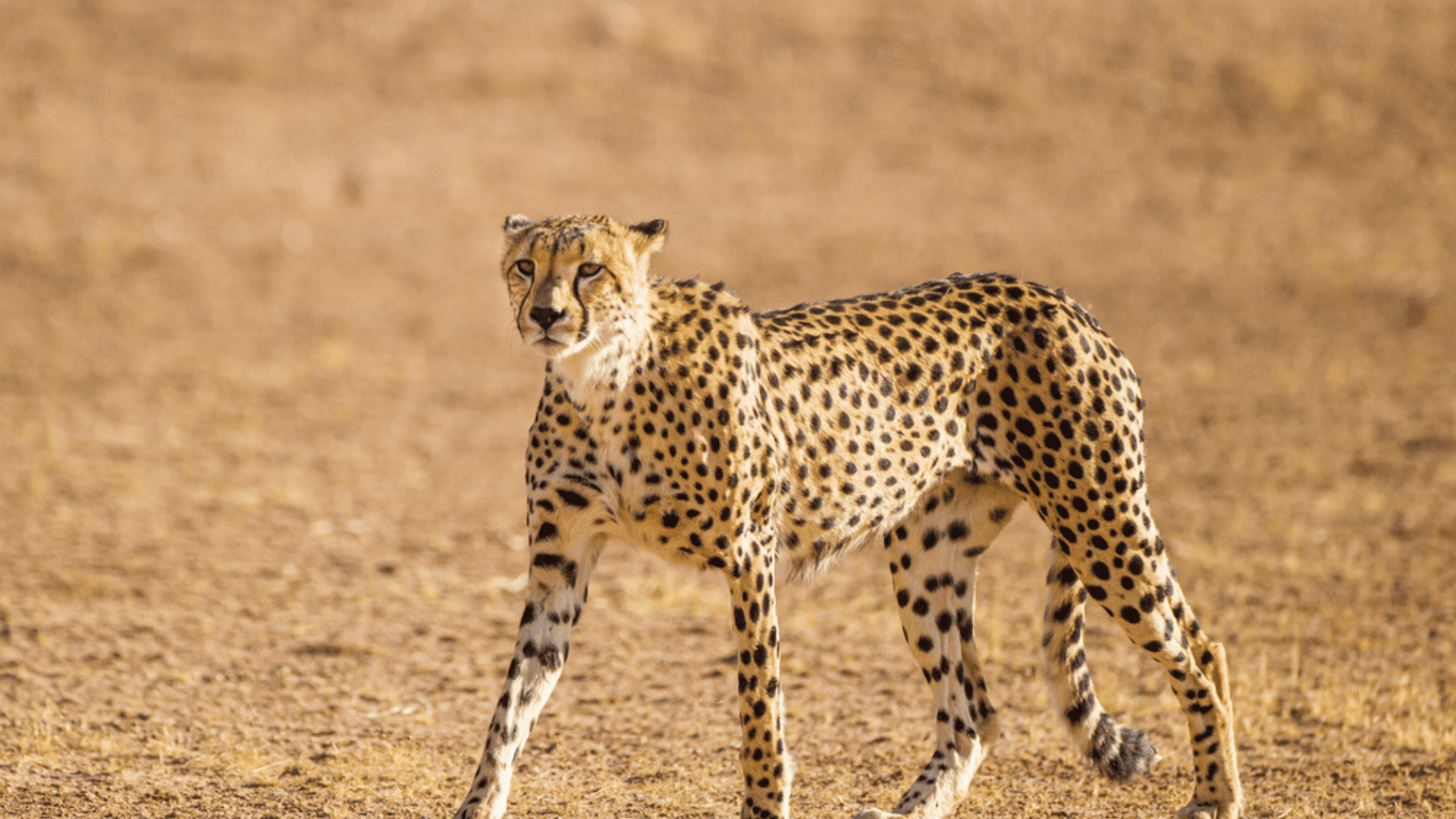
The researchers tested their theory by comparing its predictions to the data on land animal speed and size collected from more than 400 species, ranging from large mammals, birds, and lizards to tiny insects and spiders.
The model predicted how maximum running speeds vary with body size for animals that differ by more than 10 orders of magnitude in body size. Their findings could help us understand the differences between groups of animals and could inform future designs for robots to match the athletic prowess of the best animal runners.
“Our study raises lots of interesting questions about the muscle physiology of both extinct animals and those that are alive today, including human athletes. Physical constraints affect swimming and flying animals as much as running animals – and unlocking these limits is next on our agenda,” stated Dr. Labonte.



